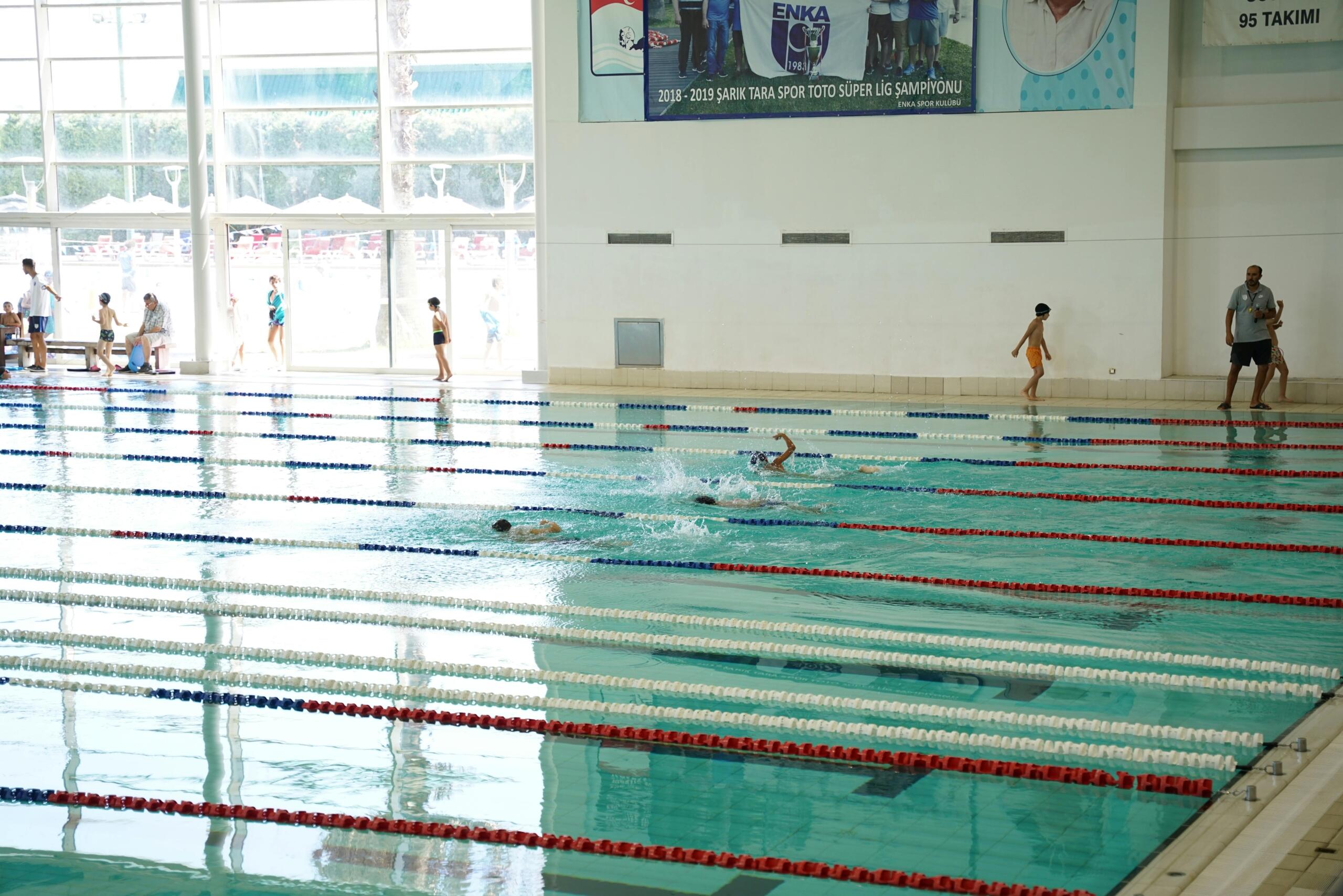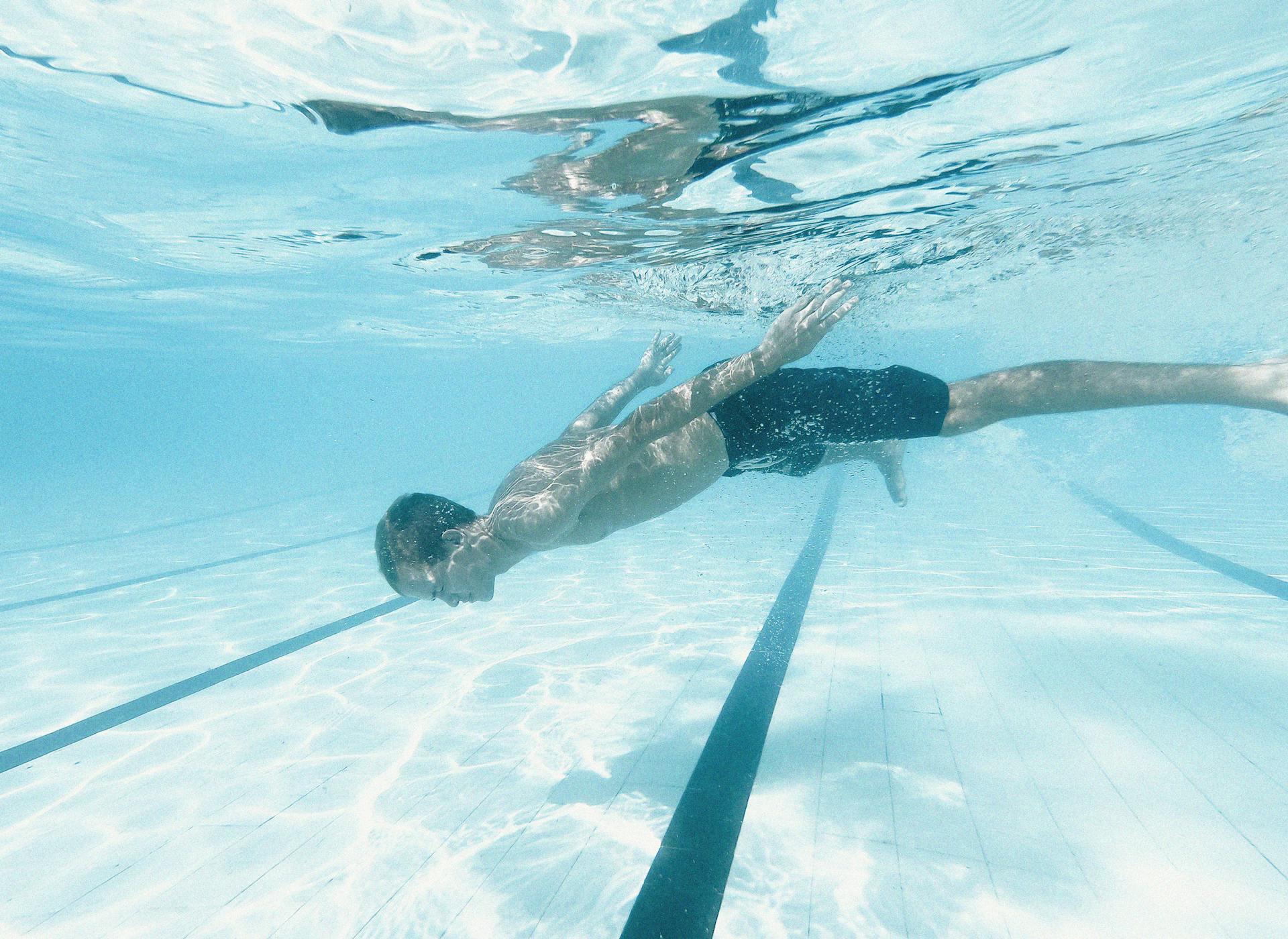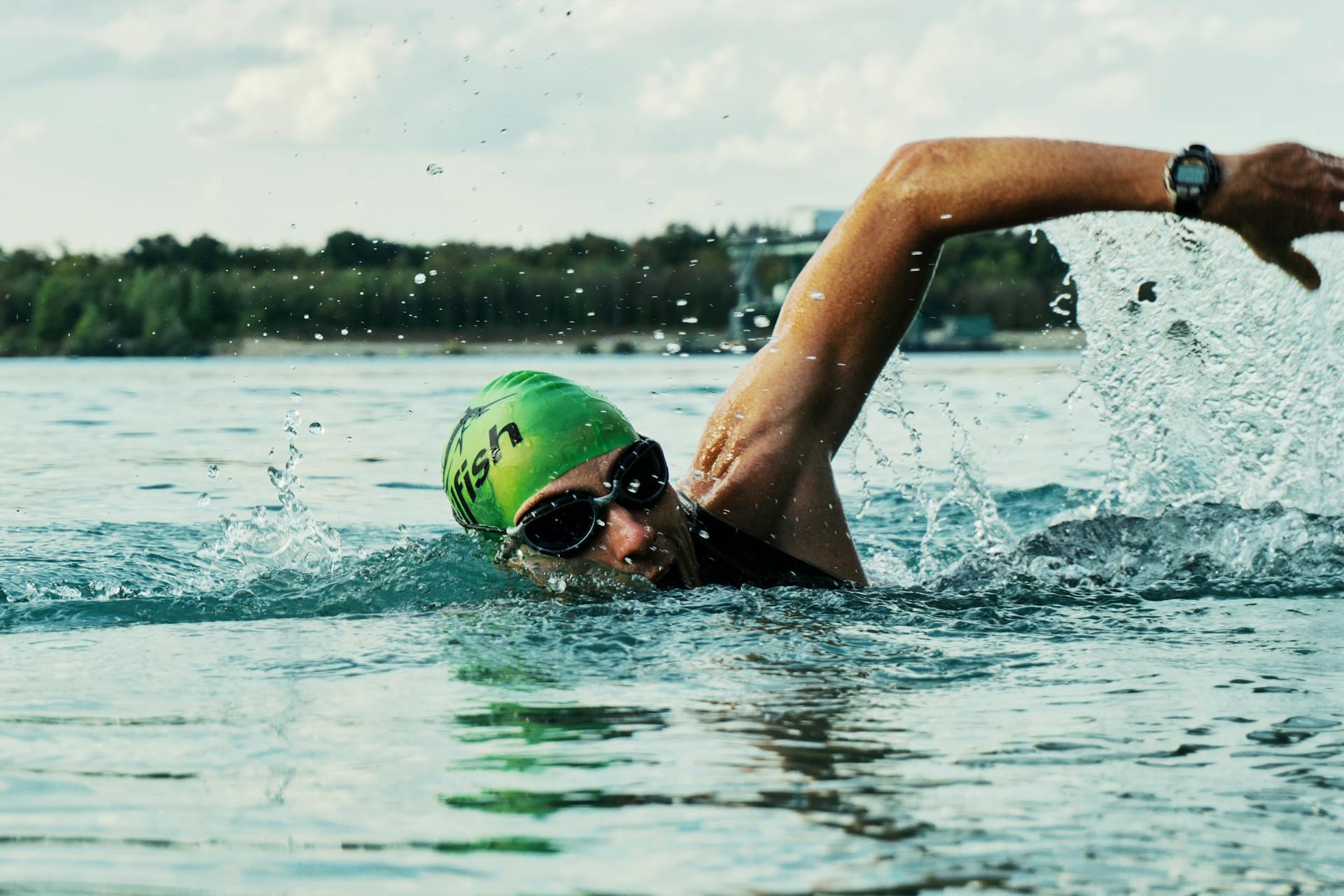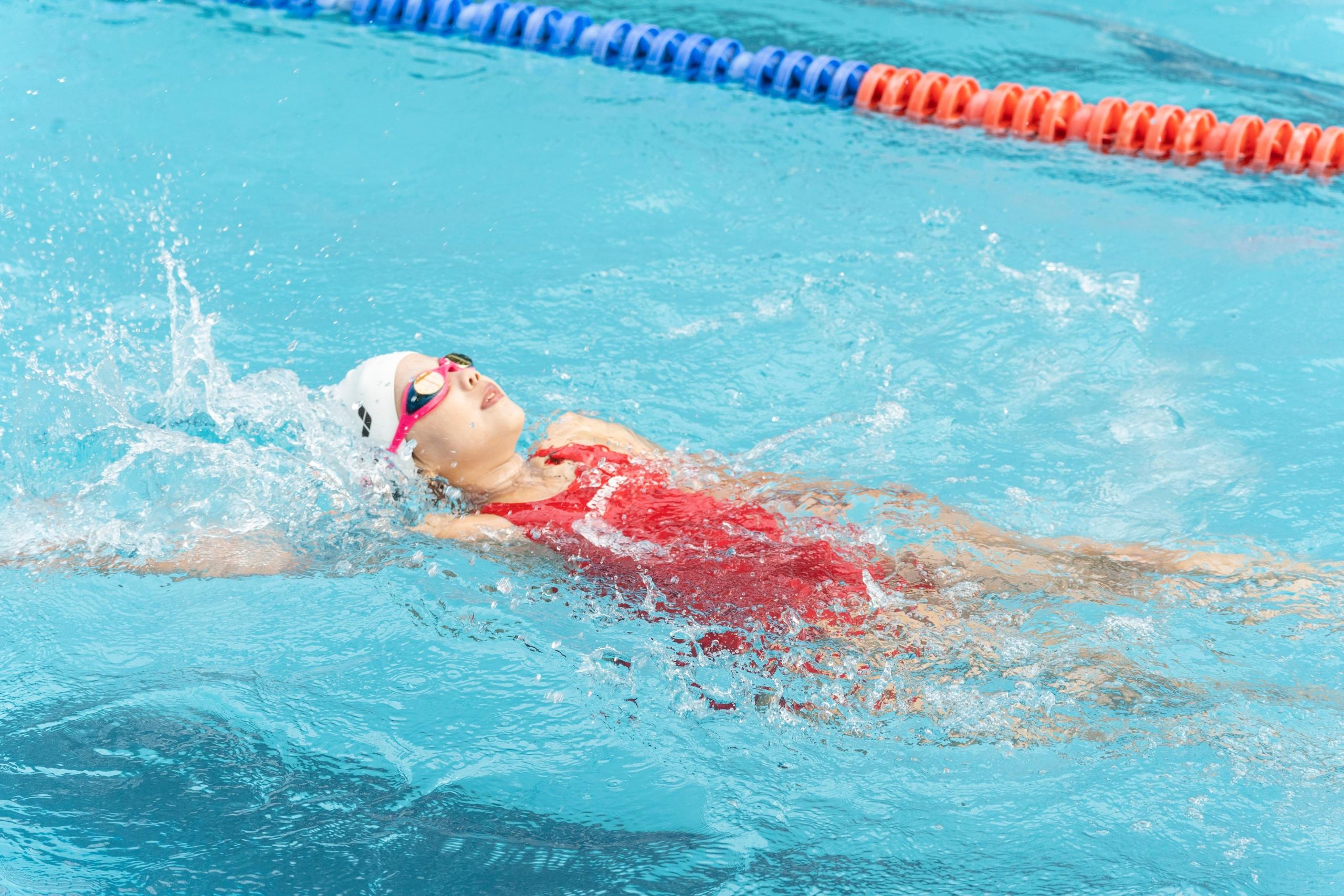If you love the water and are interested in the possibility of spending your days helping others and sharing your passion for swimming, then the role of an instructor is made for you. On top of the enjoyment that you’ll get out of each day, it's also a role that can provide a great deal of fulfilment, seeing as you’ll be teaching students a valuable skill and helping some of them conquer their fears. But before you get to the stage where you’re skipping home from your days at work, you’ll need to make your way through the necessary process so that you can become a qualified swimming instructor. Before you get started, you’ll need to be at least 15 years of age. Once you’ve got that box checked, you’ll be setting your sights on the Water Safety Instructor (WSI) certification as it remains the gold standard in the industry. Today, we’re going to pull the curtain on the process that swimming instructors need to go through here in the US so that you can get started right away, navigating your journey towards becoming a certified instructor.

Step 1: Apply for Swim Instructor Certification
Every great journey begins with a single step. So, let’s help you make your first step towards becoming a swimming instructor, shall we? The first thing you’re going to need to do is apply for a swim instructor certification. While you might be eager to dive right in and make your way through the certifications, you mustn’t rush your decision. You’ll need to think about your interests and career goals so that you can arrive at a certification that is most suited to facilitate your progress.
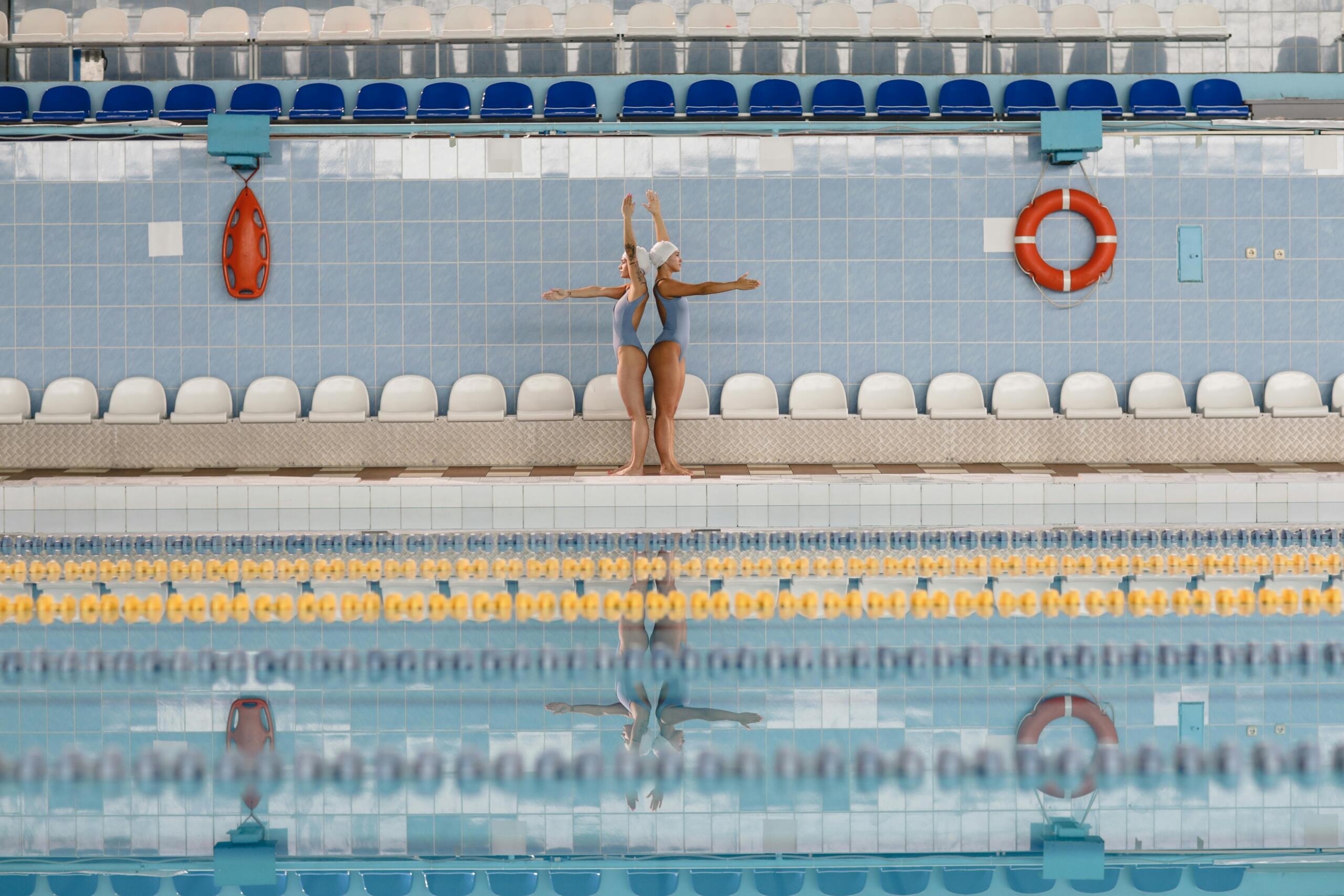
Starting your experience to become a swim instructor begins with picking the right certification program that matches your career goals. You can choose from several trusted organizations that offer swim instructor certification programs with different requirements and focus areas. Once you know how to become a swimming instructor, it's just a matter of selecting the right swim coach certification.
Where to Apply and What to Expect
When you're thinking about how to become a certified swim instructor and what route you might take to get there, you can prompt yourself with the right questions. It’s always a great practice to fast forward in your mind to when you’re applying for jobs as a swim instructor. Imagine what the employers are seeing when you hand them your resume.
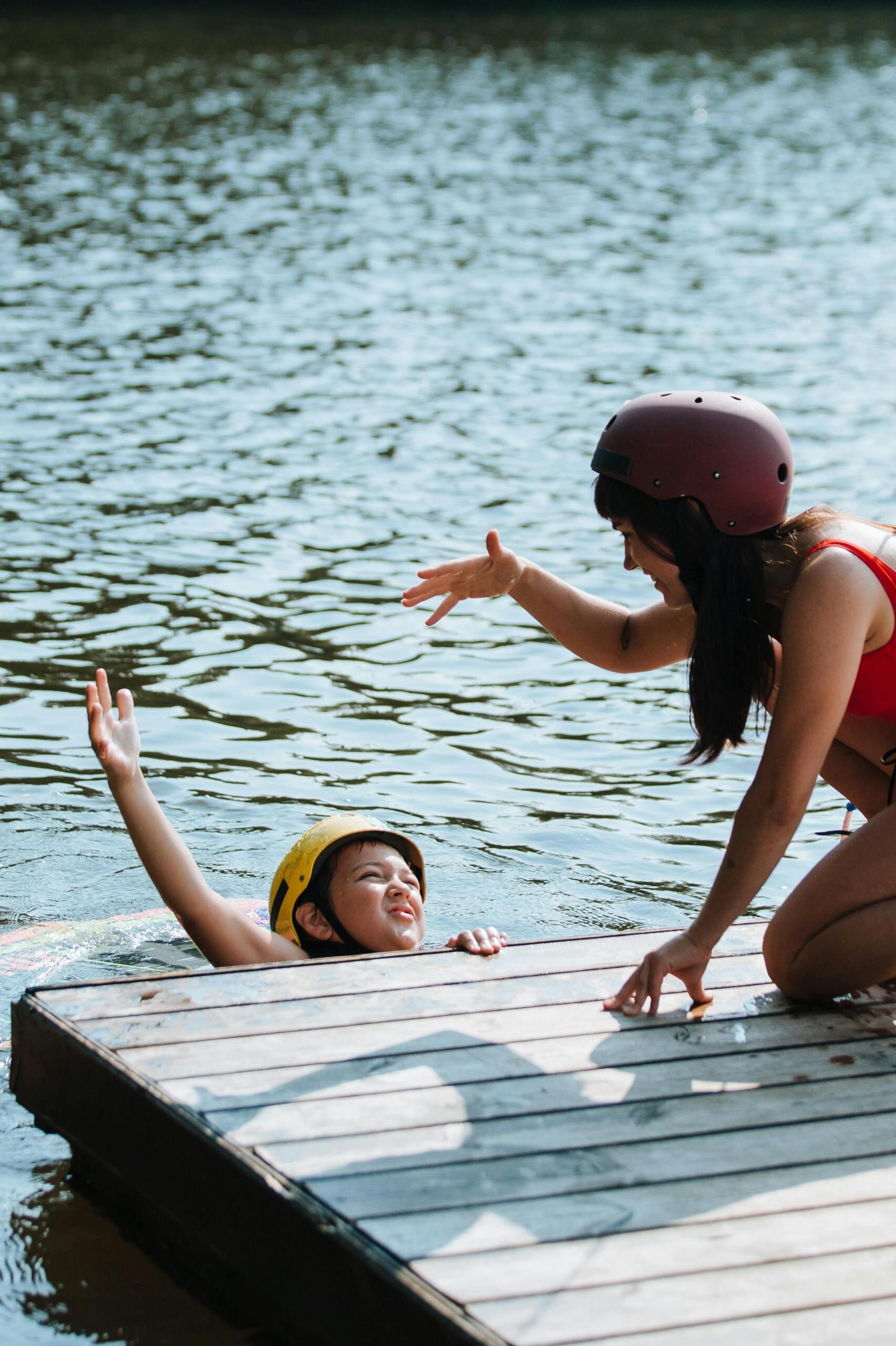
This exercise should drive home the importance of having a reputable certification down on your resume, as it’s going to hold a lot of weight and play a substantial role in determining your success.
Let us point you in the direction of the American Red Cross, which ranks among the most respected certification providers with two main options: Basic Swim Instructor (BSI) and Water Safety Instructor (WSI).
The Red Cross WSI program needs candidates to show swimming skills at the Learn-to-Swim Level 4.
The former is going to teach about instructing all the fundamentals swim courses, including Parent and Child Aquatics and Learn-to-Swim Levels 1-3, while the latter provides full training to teach all swimming levels, including advanced skills and adult programs.
You also may be interested in the US Swim Schools Association (USSSA), which offers its Certified Fundamental Swim Instructor program. Alternatively, you’ll have options at the likes of Swim Lessons University and other professional organisations like the American Swimming Coaches Association (ASCA) that you’ll want to sort through. Landing on the right certification for you means that every step you take along the way will be taking you that bit closer to your dream job.
Understanding Certification Costs and Membership Options
Price is another hinge point that may influence your decision when it comes to choosing the course you’ll take. As you might have guessed, the price that you pay for your course will depend on which one you end up choosing.
For the USSSA certification
For the USSSA certification
If this sounds like a lot of money to part with, you can quickly justify this expense by thinking about the number of hours it would take to earn it back once you land yourself a job as a swimming instructor. Even at the higher end, it will likely take you no more than 15 hours of instruction to make this back, which is not too bad, right?
If however, you’re set on finding something on the cheaper side before you get set up earning an income, Swim Lessons University offers cheaper individual course options between $50 and $75 per course.
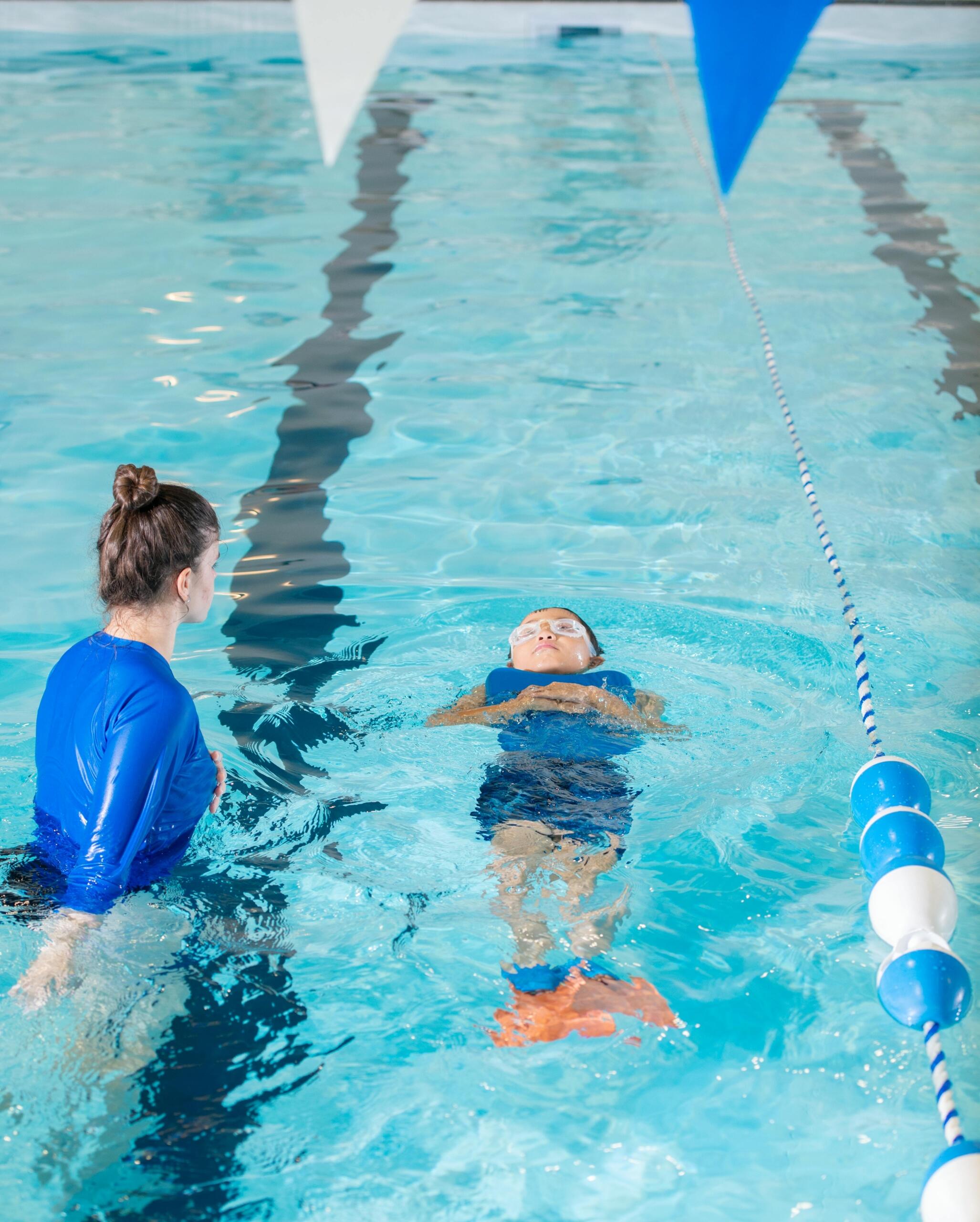
You’ll also want to note that specialized programs like Infant Swimming Resource (ISR) are going to cost a pretty penny. But despite the initial blow of paying for the course, you’ll be able to charge a premium for your service as a result of having the course. This sort of course is a big deal and costs anywhere between $8,000 and $12,500, though there are also plenty of options for financing if it’s out of reach. Knowing how much is a lifeguard certification will also be an aspect you'll want to consider when looking at courses.
The cost of lifeguard certification varies based on the training provider, location, and whether additional certifications (like CPR, AED, or first aid) are included. On average, it ranges from $150 to $400. Some employers or community programs may cover the cost or offer reimbursement after hiring. It’s also worth checking with the American Red Cross, YMCA, or local aquatic centers for current pricing and any available financial assistance.
Step 2: Complete the Required Training Courses
Once you’ve taken the time to select a program that speaks to your interests and aspirations and worked your way through the application process, the next step would be to complete the training courses, either a basic swim instructor certification or something a little more advanced. You’ll be glad to hear that many programs offer a variety of learning formats, giving you the flexibility to juggle any work, family or study commitments you might have.

You’ll be able to choose whether you take in-person courses, online programs, or opt for the best of both worlds and go for combined learning approaches. Let’s take the American Red Cross, for example. Throughout their WSI course, 6 hours and 45 minutes are to be done online, while 23 hours and 30 minutes will need to be completed in the facility.
Throughout this class time, you'll work on learning and subsequently teaching water safety principles that work in public pools, homes, and natural water bodies. You’ll also complete a topic on hydrodynamics, so you’ll have a good understanding of what objects float and why. A big part of your instructor course is that it will teach you how to plan your lessons and manage your classes.
These skills are vital, as you’ll be able to show your potential employers that you can settle and instruct a class of young swimmers, which is no easy task. So, by the time you finish, you should be confident in your ability to adjust your instruction for students with different abilities, communication styles, and behavioral needs. Let's take a look at how long does it take to get a lifeguard certification.
Lifeguard certification typically lasts two years from the date of completion. After this period, lifeguards are required to recertify by taking a review course or redoing the full certification training, depending on the organization and their guidelines. It's essential to stay updated, especially on CPR and first aid techniques, as these skills are critical in emergencies and may change with new health standards.
One of the last things you’ll need to have nailed down to progress past this part of the process is your ability to teach advanced swim skills and competitive stroke mechanics, so that you’re capable of creating ideal swimming lesson plans and helping your students develop to the top level. As you can see, if you want to become a swim instructor or you're wondering how to become a swim coach, even a basic swimming instructor certification goes a long way in enhancing your employment prospects.

Step 3: Meet the Certification Prerequisites
Now that you’re confident in your ability when it comes to teaching the material and life skills necessary to swim with your course out of the way, the next step is going to be meeting those certification prerequisites. With the biggest obstacle out of the way, you’re going to need some other accolades to go along with it.
While you might have your swimming instructor course behind you, many certification providers, such as the US Swim Schools Association, won’t allow you to sit your final exam until you’ve got these safety credentials added to your resume. However, if it’s the American Red Cross you’re taking, then you may already know that they’ve got sufficient First Aid content inside their course.
On top of this, you’re going to need to pass a background check, which will look through a variety of databases and your record to protect the students and maintain high standards in swimming instruction programs.
You’ll be glad we’re moving on to the final prerequisite you’ll need to meet to proceed to the subsequent exam. This involves having documented proof of your in-water training experience. In the case of most organizations you come across, they’ll likely require somewhere in the region of 30 hours of in-water training that has been signed off on.
Finally, no matter where you apply for a role as a swimming instructor, you’re going to need to hold a valid CPR and First Aid certification. There’s no getting around having a valid certification for both of these qualifications, and rightly so. You must be not only be capable but confident in your ability to come to the rescue in the event of an emergency.
Step 4: Take the Final Exam and Get Certified
The final step standing in the way of you and your dream of becoming a certified swimming instructor is the certification exam itself. Once you have checked all of the boxes outlined in the previous three steps, you’ll be eligible to move forward with the assessment and get your hands on your swimming instructor certification.
You may be glad to learn that you’ll be able to take your exam online! In order to avoid any unnecessary upsets on the day, you’ll want to ensure that you have access to some fast internet, a webcam, the right operating system, and a government-issued photo ID.
If you don't pass at first, most programs let you try again. USSSA gives you two more attempts within a year of your application approval, but you must wait one month between tries.
Outside of that, making sure to log in 15 minutes ahead of time and that you’re not going to be interrupted in the two hours it will take you to work through the assessment will ensure you’re in the right environment to succeed. Seeing as most students opt for the American Red Cross certification, let’s take that for example.
With this exam, you’ll need a score of at least 80% (40 correct answers out of 50 questions) on the final written exam. If it’s the USSSA you’re taking your course with, it also follows a similar test format, and results usually take 4-6 weeks to process. A certified swimming instructor can expect competitive salaries that vary based on experience and location, often ranging from $25,000 to over $70,000 annually.
Starting to Work As a Swimming Instructor
Now that you’ve got a clear idea of the four major steps that stand between you and a fulfilling career path as a certified swimming instructor, you’ll be able to navigate the process with ease and get the certification you need without trial and error. What’s great is that once you pass the certification exam, they'll add the instructor certification to your profile or send it directly to you. Once you’ve got this impressive accolade under your belt, take a moment to pat yourself on the back, as you’ll be able to start applying for jobs as a swimming instructor right away!
Most certifications also have a lifespan of validity of two years, so you don’t need to worry about the renewal process for some time. With that said, make sure to mark the date in your calendar so you’re prepared for when the date eventually comes around. Now you’ve got all the information you need to get yourself to a stage where you’re able to teach swimming lessons professionally, it’s just a matter of working through the process now!

